Royals
Regal Real Estate: 15 Stunning Residences of the British Monarchy
Published
9 months agoon
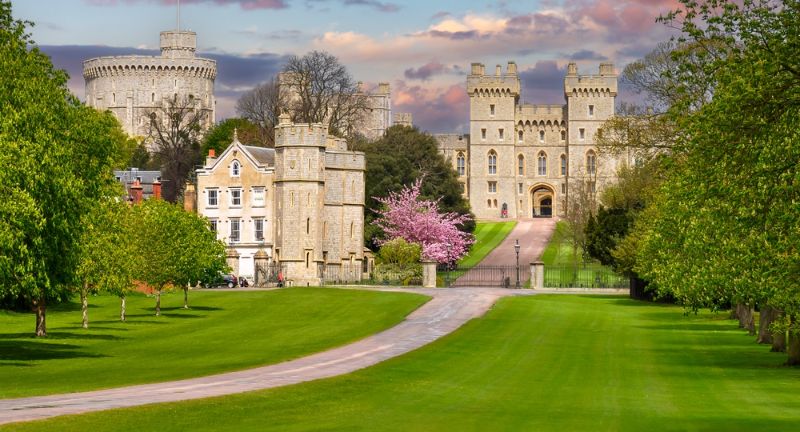
Shutterstock
The British Monarchy is renowned for its rich history and the grandeur of its residences. These royal homes, scattered across the United Kingdom, offer a glimpse into the lives of the royal family and the architectural splendor that defines their heritage. From the iconic Buckingham Palace to the serene Balmoral Castle, each residence boasts unique features and historical significance. These palaces, castles, and houses are not only royal abodes but also important cultural landmarks that attract visitors from around the world. Join us as we explore fifteen of the most stunning residences of the British Monarchy, each with its own story to tell.
Buckingham Palace
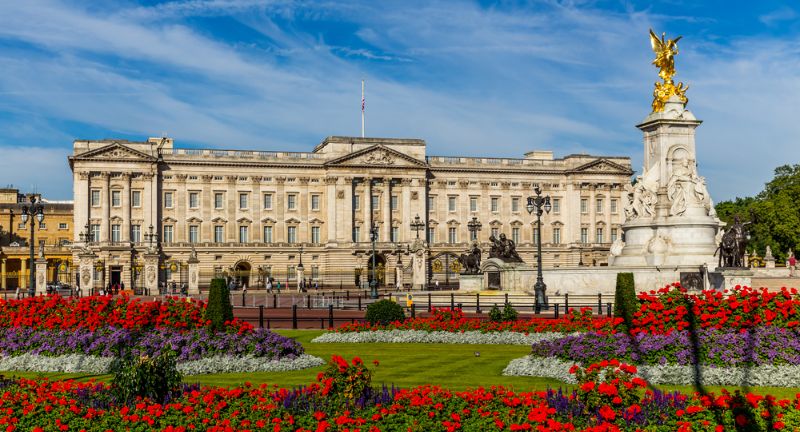
Shutterstock
Located in London, Buckingham Palace is the official residence and administrative headquarters of the monarch of the United Kingdom. Known for its iconic facade and the Changing of the Guard ceremony, the palace features 775 rooms, including 19 State rooms, 52 Royal and guest bedrooms, 188 staff bedrooms, 92 offices, and 78 bathrooms. The Palace is a focal point for the British people at times of national rejoicing and mourning. It is also a major tourist attraction, drawing visitors from around the world.
Windsor Castle

Shutterstock
Situated in Berkshire, Windsor Castle is the oldest and largest occupied castle in the world. It has been a royal residence for over 1,000 years and is often used for ceremonial and state occasions. Highlights include St. George’s Chapel, the State Apartments, and the picturesque grounds. The castle is an architectural marvel, combining Gothic and Victorian elements, and serves as a weekend home for the monarch.
Sandringham House
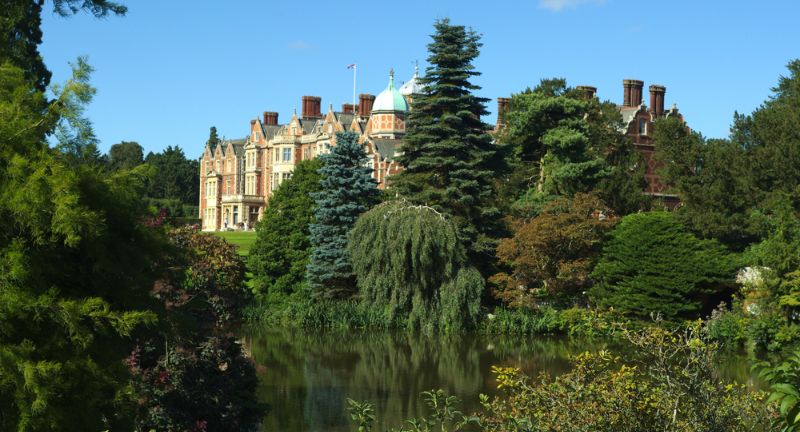
Shutterstock
Located in Norfolk, Sandringham House is a private residence of the British Royal Family and has been the home of four generations of British monarchs. It is known for its beautiful gardens and as the place where the Royal Family spends Christmas. The house is set within 20,000 acres of land and includes a large park and gardens open to the public. Sandringham House represents a personal and intimate side of the monarchy, distinct from the official residences.
Balmoral Castle
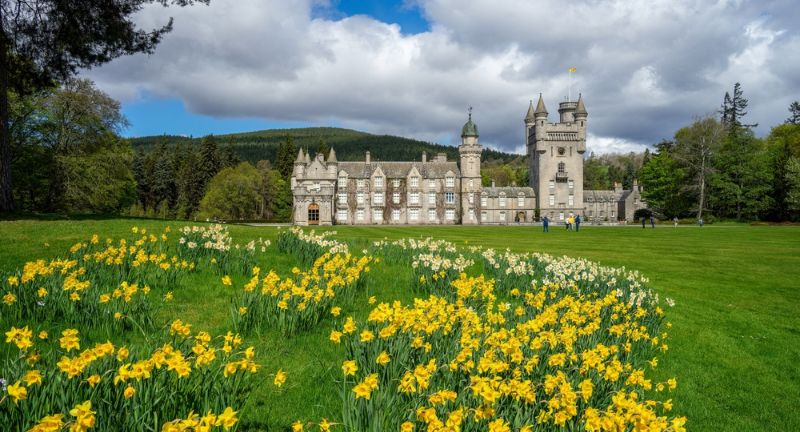
Shutterstock
Balmoral Castle in Aberdeenshire, Scotland, was used as a private residence by the late Queen Elizabeth II. The estate covers about 50,000 acres and includes moors, forests, and farmland. Balmoral is famous for its stunning natural beauty and is often used by the Royal Family during the summer. The castle itself is an example of Scottish Baronial architecture and has been a royal residence since it was purchased by Prince Albert in 1852.
Kensington Palace
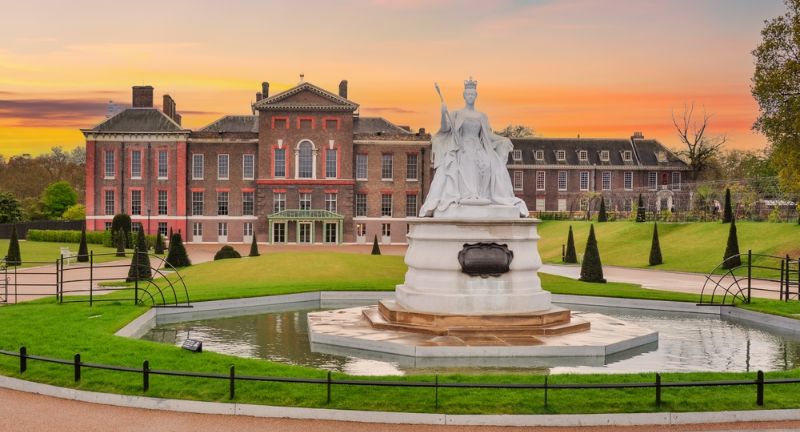
Shutterstock
Located in London, Kensington Palace has been a residence of the British Royal Family since the 17th century. It currently serves as the official London residence of the Prince and Princess of Wales. The palace and its gardens are open to the public, featuring exhibitions and historical displays. Its State Apartments and the King’s and Queen’s State Apartments provide insight into the lives of Britain’s monarchs and their courtiers.
Holyrood Palace
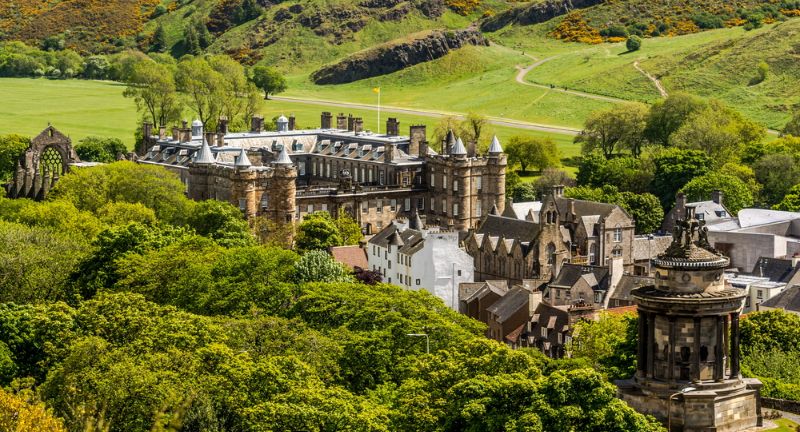
Shutterstock
The Palace of Holyroodhouse, located in Edinburgh, Scotland, is the official residence of the British monarch in Scotland. The palace has a rich history and is used for state ceremonies and official entertaining. It is situated at the end of the Royal Mile and includes the historic Holyrood Abbey and the Queen’s Gallery. The State Apartments, used regularly by the King and members of the Royal Family, are renowned for their fine plasterwork ceilings and sumptuous furnishings.
Clarence House
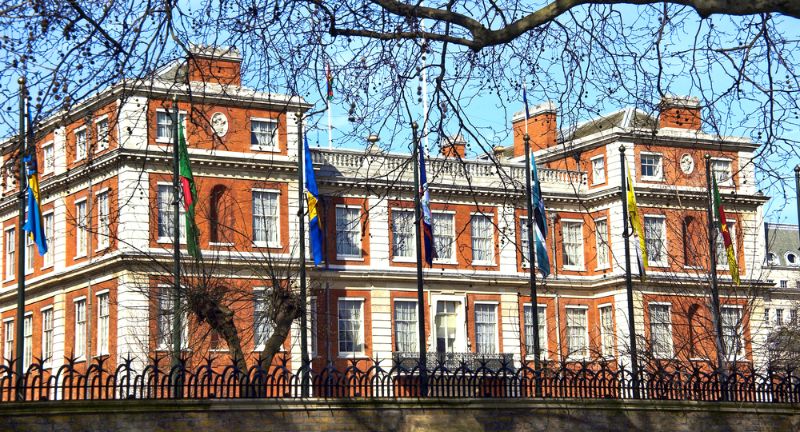
Shutterstock
Clarence House, adjacent to St James’s Palace in London, is the residence of King Charles and his wife, Queen Camilla. The house has a long history and has been home to various members of the Royal Family. It was the home of the Queen Mother for nearly 50 years until her death in 2002. Clarence House is notable for its beautiful gardens and the historic rooms where numerous state and royal events are held.
St. James’s Palace
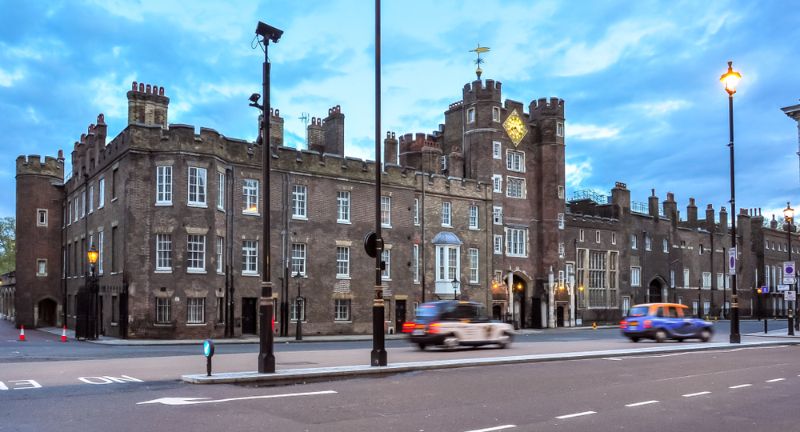
Shutterstock
Located in London, St. James’s Palace is the most senior royal palace in the United Kingdom. Though no longer the principal residence of the monarch, it remains the official residence of several members of the Royal Family and hosts various ceremonial events. Built largely between 1531 and 1536 by Henry VIII, the palace has a rich history and is an important center for royal functions. The Chapel Royal and Queen’s Chapel are among its most notable features.
Highgrove House
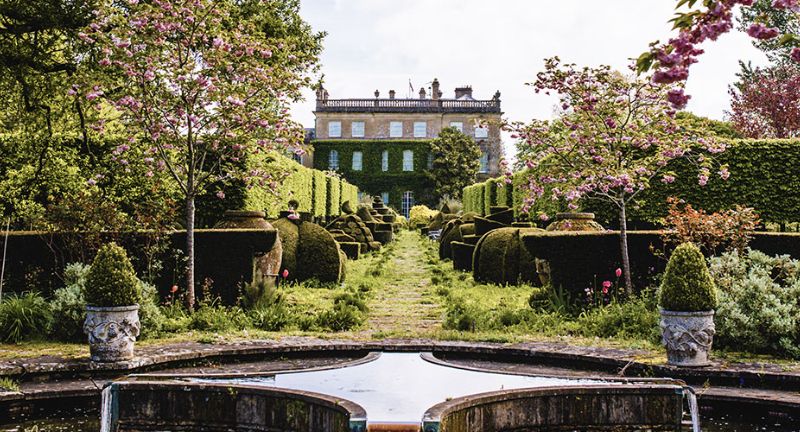
Facebook: Highgrove Gardens
Highgrove House in Gloucestershire is the family residence of the King and Queen. Known for its beautiful gardens, Highgrove pays homage to Prince Charles and his commitment to organic farming and sustainability. The house is surrounded by extensive grounds that include wildflower meadows, organic gardens, and orchards. Highgrove House is a prime example of how royal residences can blend tradition with modern ecological practices.
Anmer Hall
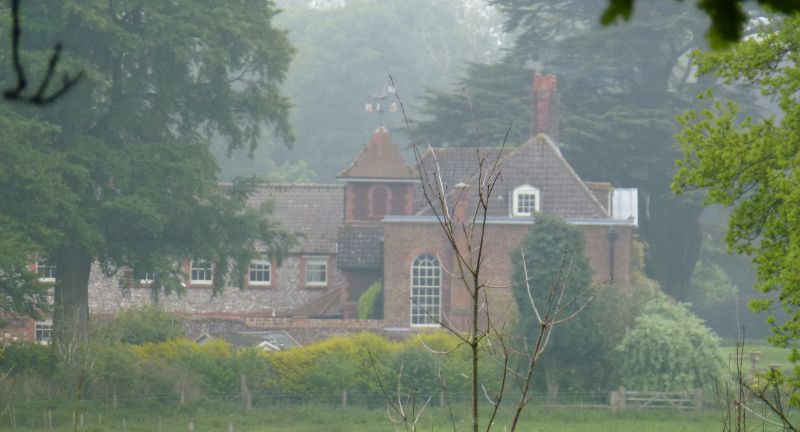
Pinterest
Anmer Hall is a Georgian house located on the Sandringham Estate in Norfolk. It is the country residence of the Prince and Princess of Wales. The house was a wedding gift from the Queen and has been extensively renovated to suit the needs of the family. Anmer Hall provides a private and serene retreat away from the public eye, where William and Kate can enjoy a peaceful rural life.
Frogmore House
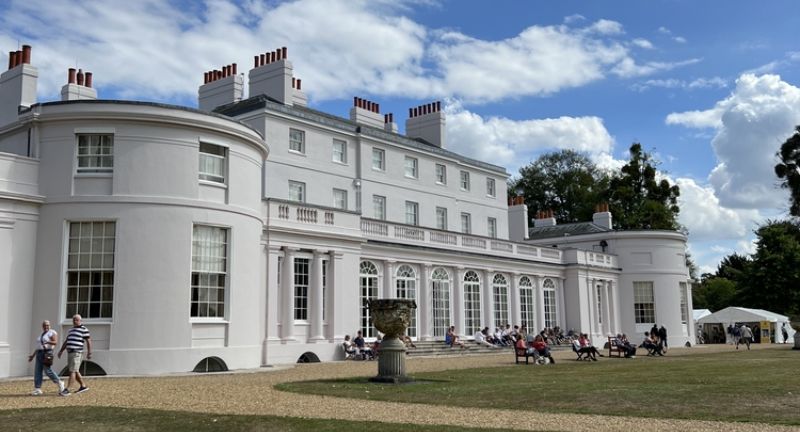
Shutterstock
Frogmore House, located within the grounds of Windsor Castle, is a historic country house used for royal functions and special events. It is surrounded by stunning gardens and is open to the public on select days. The house has been a royal residence since the 18th century and is known for its picturesque lake and beautifully landscaped gardens. Frogmore House offers a tranquil retreat for the Royal Family and an insight into royal domestic life.
Bagshot Park
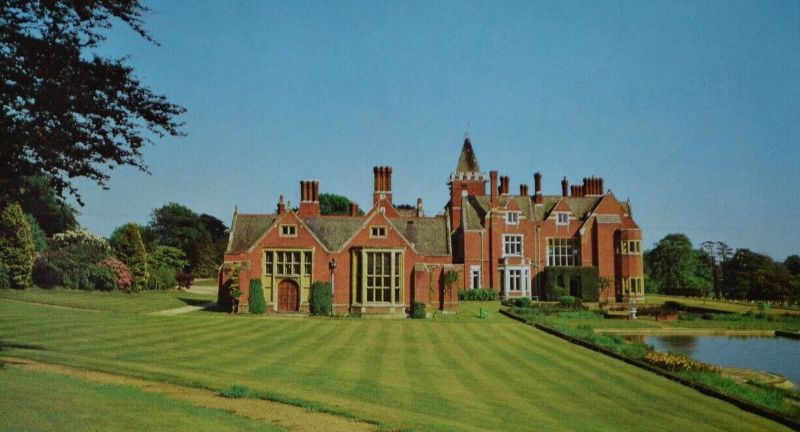
Facebook: Camberly Photographs from the 1880s to the 1980s
Bagshot Park in Surrey is the residence of The Earl and Countess of Wessex. The house is a large country home set in extensive grounds, providing a private retreat for the family. Originally built in the early 17th century, it has undergone significant renovations to meet modern needs. Bagshot Park reflects a blend of historical architecture and contemporary living, making it a unique royal residence.
Thatched House Lodge
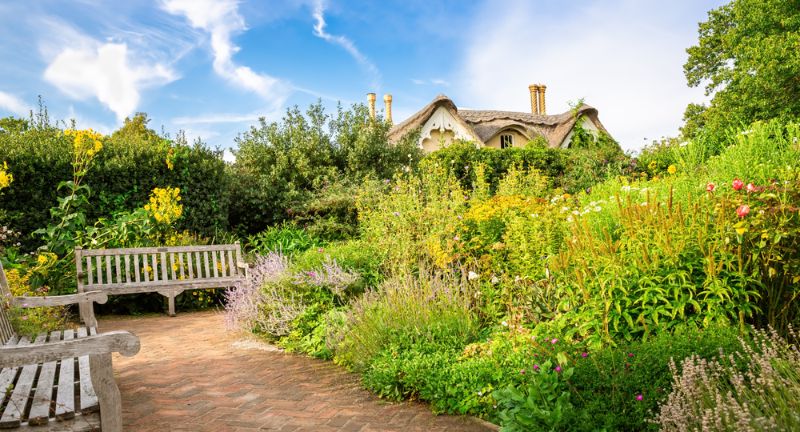
Shutterstock
Located in Richmond Park, London, Thatched House Lodge is a grace-and-favour residence that has been home to various members of the Royal Family. It is currently the residence of Princess Alexandra. The house dates back to the late 17th century and is surrounded by beautiful gardens and parkland. Thatched House Lodge offers a secluded and picturesque setting, combining historical charm with natural beauty.
Craigowan Lodge
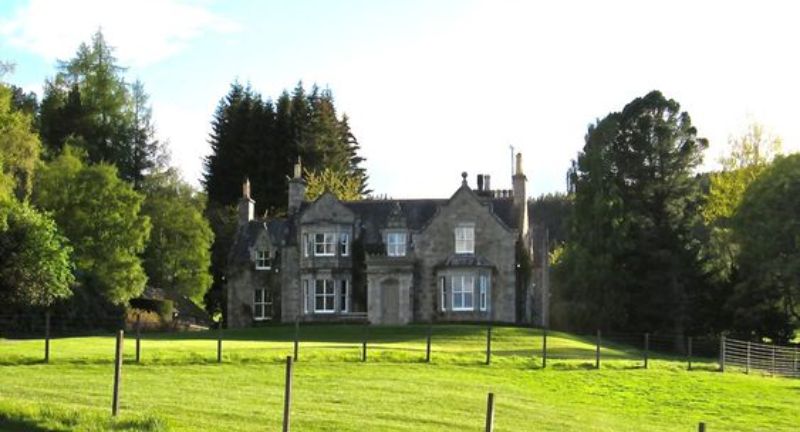
Pinterest
Craigowan Lodge is a rustic stone house on the Balmoral Estate. It is often used by the Royal Family during their stays in Scotland, providing a more private and less formal retreat compared to Balmoral Castle. The lodge is surrounded by the stunning Scottish Highlands, offering a peaceful and scenic escape. Craigowan Lodge reflects the Royal Family’s love of the outdoors and traditional Scottish hospitality.
Gatcombe Park
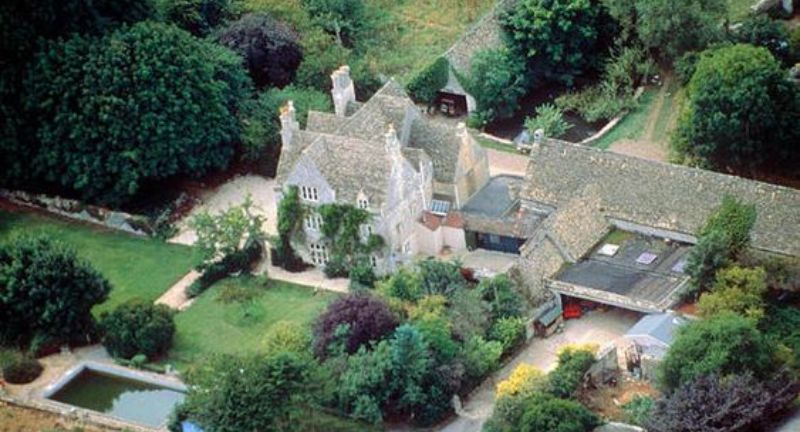
Pinterest
Gatcombe Park in Gloucestershire is the private residence of The Princess Royal. The estate includes a working farm and hosts the annual Festival of British Eventing, reflecting Princess Anne’s passion for equestrian sports. The house is set within extensive grounds, offering privacy and tranquility. Gatcombe Park is both a family home and a hub for agricultural and equestrian activities, showcasing a blend of royal tradition and rural life.
Conclusion

Shutterstock
The residences of the British Monarchy are more than just homes; they are symbols of the enduring legacy and traditions of the Royal Family. Each residence, with its unique history and stunning architecture, contributes to the rich tapestry of British heritage. Whether serving as official residences, private retreats, or venues for state occasions, these homes offer a fascinating glimpse into royal life. As we conclude our journey through these magnificent residences, we are reminded of the deep connection between the monarchy and the nation’s history. The continued preservation and use of these homes ensure that their stories will be shared for generations to come.
More From Royals+
-
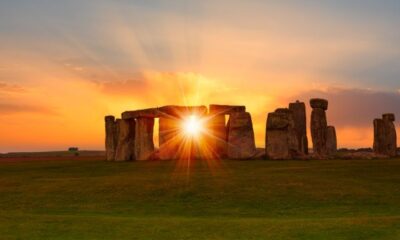

25 Prettiest Places In England That You Don’t Have To…
-


Royal Escapes: 20 Favorite Vacation Spots of the British Monarchy
-


Royal Ties: Countries That Still Honor the British Monarchy
-
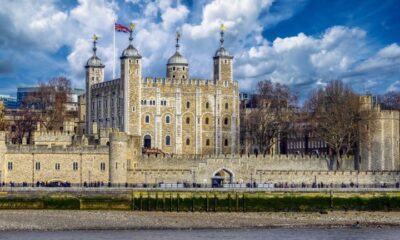

30 Must-Visit UK Destinations to Satisfy Your Royal Obsession
-
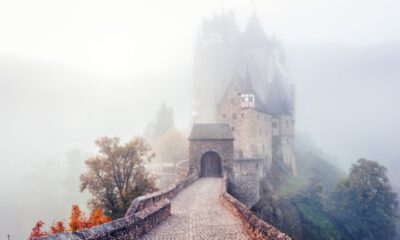

Royal Hauntings: 18 Palaces with Spine-Chilling Ghost Stories
-
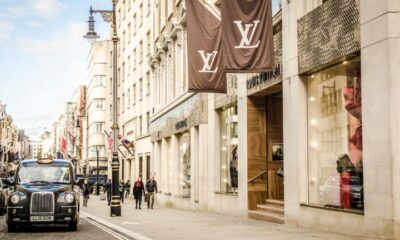

20 Luxury Brands That Have Created Exclusive Pieces With The…
-


The Kate Effect: 25 Reasons We Love Kate Middleton
-
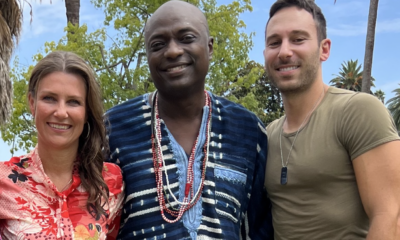

Norway’s Princess Märtha Louise Is Viral Star After TikTok Collab…
-
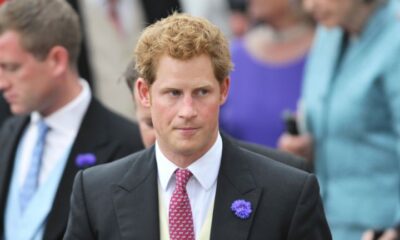

Royal Secrets Revealed: 18 Obscure Facts About the British Monarchy
-
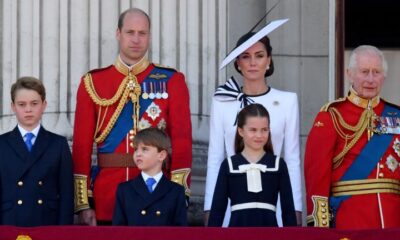

A Royal Feast: 19 Foods Loved by the British Royals
-
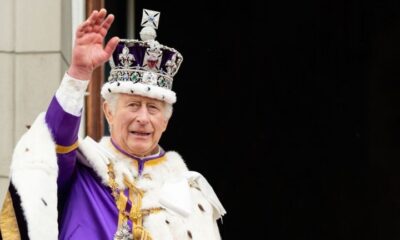

Regal Etiquette: 15 Protocols British Royals Must Follow
-


The World’s Remaining Monarchies: 30 Countries Keeping Tradition Alive
